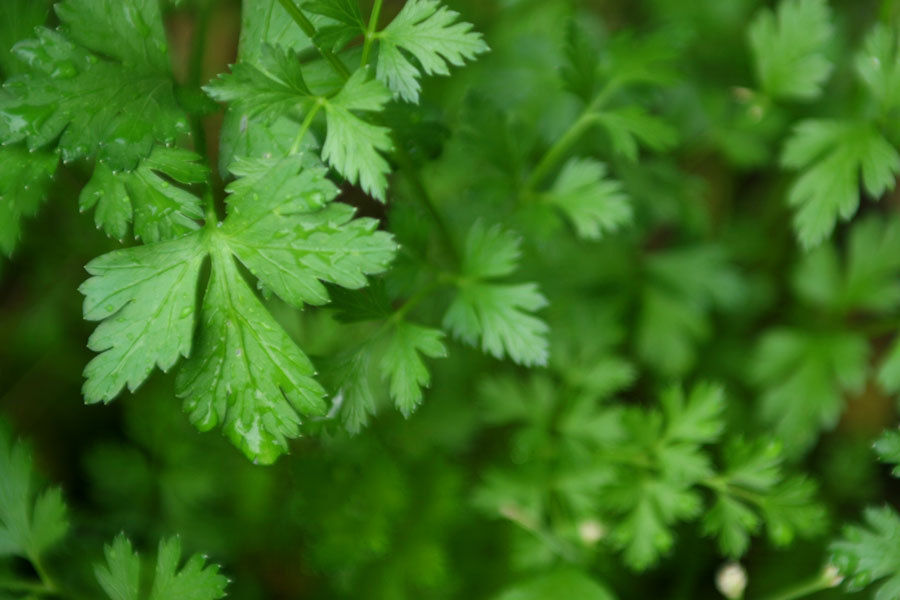How to grow and harvest Super Napier Green Fodder for Dairy Farms
- rehobothorganicfarm
- Jun 18
- 2 min read
About Super Napier:
Super Napier is a high yielding green fodder.
Super Napier can yield 180 to 200 Tonnes per acre per year
Its leaf length is 6 - 8 cm broad.
They grow up to a high height 12 feet to 15 feet
Super Napier has high crisp leaves.
They have high leaf stem rate
Super Napier can be harvested eight times a year
The yield is made in a short period of time.
Roots around the nodes can quickly grow.
How to plant Super Napier:
The soil should be well pulverized with the use of a rotavator
The furrows are made 3 feet's apart.
The cuttings are planted flat in the furrows, 2 feet's apart, and covered with soil one to two inches thick.
10,000 to 12,000 stems can be planted per acre
After planting, irrigate to enhance germination.
Always irrigate when necessary
How to irrigate Super Napier plants:
Watering should be done on the third day.
Irrigation should be done every 7 days depending on type of the soil
Wastewater from the cattle shed can also be used for irrigation and is best source of manure.
Super Napier grows well in all types of water.
How to fertilizer Super Napier:
2 tons of organic fertilizer is recommended per acre or apply four bags of 14-14-14 fertilizer.
20 days after planting, apply cattle compost manure close to the stems
Plow the land deep enough for the plant roots to penetration deep into the ground that make the plant drought resistant.
After fertilizing the farm, the plants has to be irrigate well
Super Napier - 45 days after planting
Super Napier grass will become robust, tufted and has a vigorous root system, developing from nodes of its creeping stolon's.
Super Napier by this time would have grown up to 4 m to 7 m in height.
They will form dense thick clumps, up to 1 m across.
The leaves will be flat, linear, and hairy at the base, 100 cm to 120 cm long, 1 cm to 5 cm wide and bluish-green in color.
Super Napier - 90 days after planting
Normally first harvest can be done after 90 days of planting and can be fed to cows and buffaloes
It has other uses aside from fresh feed for farm animals.
If there is excess harvest because there are not enough animals to eat the newly cut grass, the same could be shredded and made into silage.
The shredded leaves and stalks could also be made into organic fertilizer by mixing the same with cattle manure.
When shredded into fine particles, the same could be fed to vegetable-eating fish like tilapia and Pangasius.



















Comments